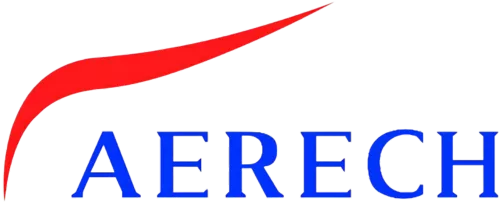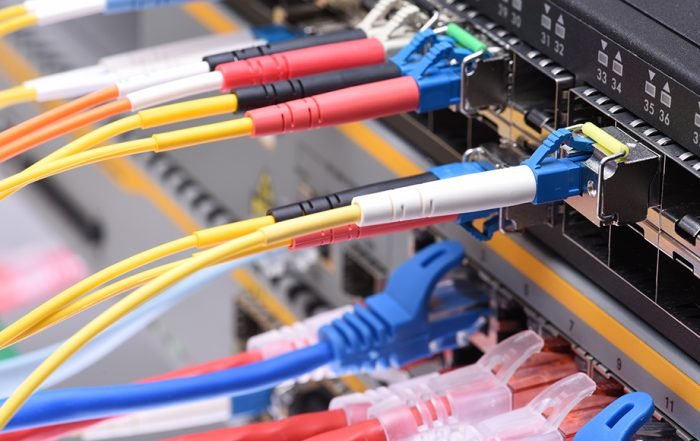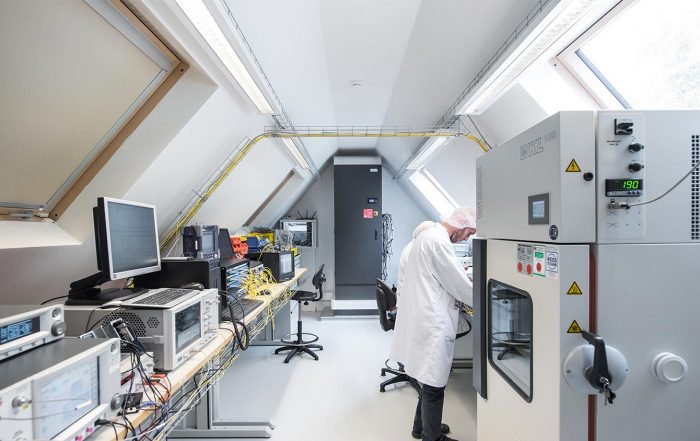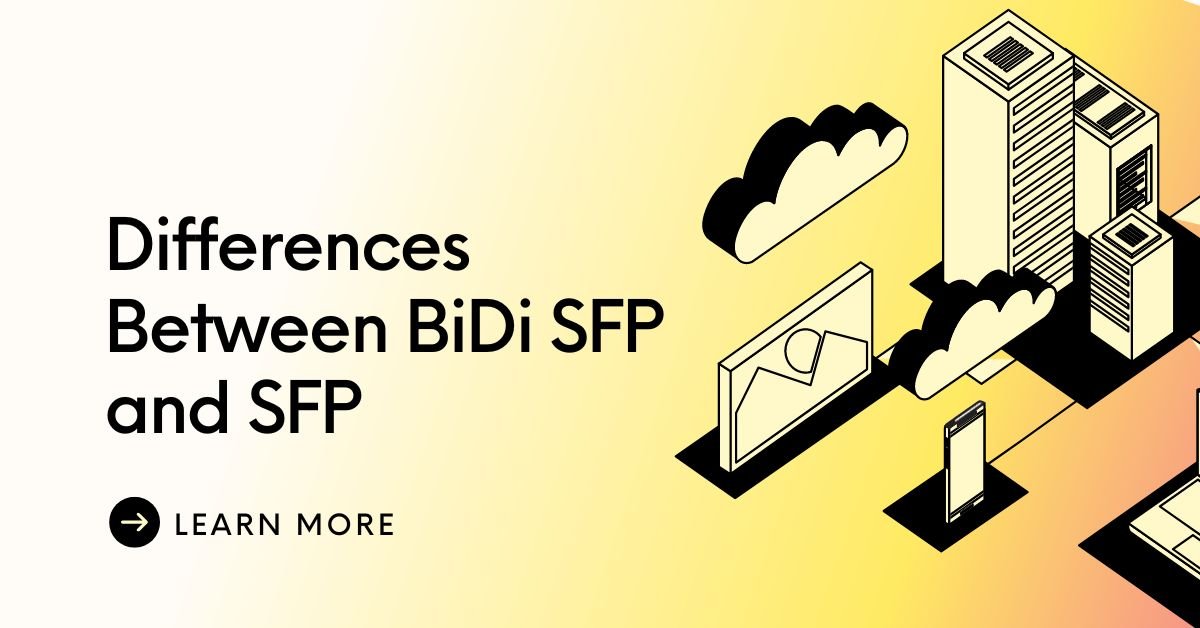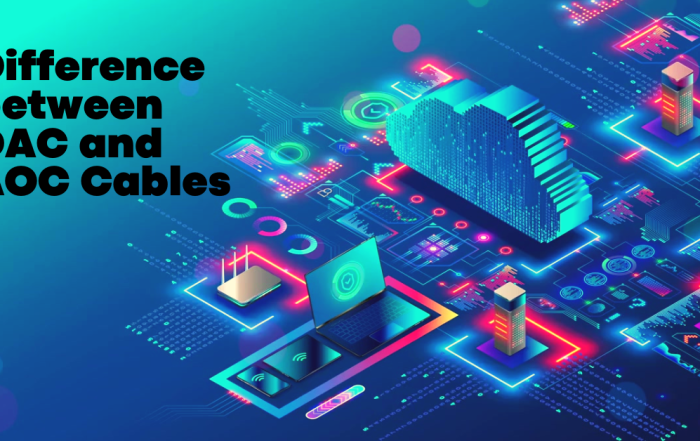Insights and Innovations in Optical Networking: Exploring the World of AERECH
Take you to know the latest developments in the industry and pay attention to new trends
Blog
Overcoming Challenges and Advantages of 100G Optical Module Solutions for Metro Networks
Explore the complexities of upgrading bandwidth to 100G in existing metro networks and learn how 100G optical module solutions address challenges like environmental conditions, transmission margins, and compatibility. Discover the strong adaptability, improved transmission performance, and compatibility assurance that these solutions offer.
Understanding Data Center Interconnect (DCI): Key Infrastructure for Global Cloud Growth
Explore the concept of Data Center Interconnect (DCI) and its crucial role in connecting data centers worldwide. Learn how Aerech’s DCI solutions stand out with high performance, low power consumption, and simplified connections, driving the growth of the global cloud ecosystem.
How to Choose The Right Optical Transceivers
How to Choose The Right Optical Transceivers? Optical modules are the core accessories of optic fiber communication. Nowadays, there are varieties of optical modules on the market. What factors should we consider when purchasing optical modules? How can we choose a suitable optical module? This article will help. Form Factor and Data Rate Form FactorSFPSFP+, XFPSFP28QSFP+QSFP28QSFP-DD, OSFPData Rate155M, 1.25G, 2.5G, 6G10G25G40G100G400G When selecting an optical module, the equipment will specify the supported optical module’s form factor and data rate. Transmission distance The transmission distance of the optical module is divided into three types: Short DistanceMedium DistanceLong Distance≦ 2KM10KM-20KM≧ 30KM(40KM, 80KM,…
Optical Transceiver Test Process
Optical Transceiver Test Process After the optical module production, we will test it before shipment. Aerech has a complete testing process. All parameters must meet the requirements to ensure that the optical module will not have any quality problems. The following is the complete Optical Transceiver Test Process. Transmitted and Received Light Test The output optical power is an important parameter that can determine the transmission distance and quality of the optical module. Too high or too low is not good. The receiving sensitivity will influence the sensitivity of the optical module to receive light. Generally, the higher the optical module’s data rate, the lower…
Application Scenarios of Optical transceivers
With the development of 5G, big data, Internet of Things, cloud computing and artificial intelligence, the data traffic is growing rapidly, and the market prospect of optical communication is bright. The function of the optical module is photoelectric conversion. Optical transceivers are widely used in various industries. Aerech Networks will use this article to introduce you to the application scenarios of optical transceivers. Before introducing the application scenarios of optical transceivers, let me introduce you to the market segments of optical transceivers. The application of optical transceivers is mainly telecommunications and data centers. Data Centers A data center is a place to manage…
Differences Between BiDi SFP and SFP
What Is BiDi SFP Optical Transceiver BiDi SFP uses WDM (Wavelength Division Multiplexing) Bi-Directional transmission technology to send and receive different central wavelengths in two directions, and realize simultaneous Bi-Directional data transmission on one optical fiber. The BiDi SFP has only one LC interface, which transmits and receives optical signals on one optical fiber through an integrated bidirectional coupler. Therefore, we use single-fiber BiDi SFP optical modules in pairs. Note: The description including Bi-Directional, BiDi, single fiber, single core, WDM, BX-U, BX-D, etc. refers to BiDi SFP optical transceivers. How Does BiDi SFP Optical Transceiver Work The main difference between the…
What’s the Difference Between DAC Cable and AOC Cables?
When it comes to connecting your devices, you may have heard of DAC and AOC cables. But do you know the difference between the two? In this blog post, we’ll discuss the difference between a DAC Cable and an AOC Cable, helping you to choose the right one for your needs. What is a DAC Cable? A DAC (Direct Attach Cable) is a passive copper cable that connects two network components directly, without the need for an intermediary device. A DAC cable consists of several insulated copper wires which are then twisted into pairs and shielded with a foil wrap…
